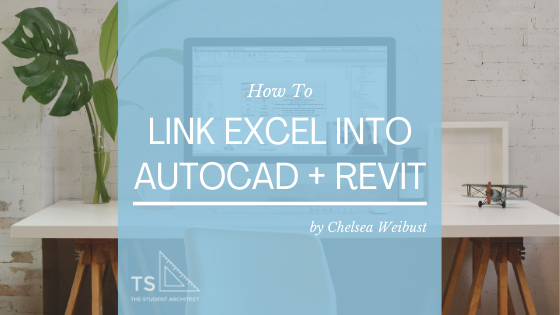
This week is all about cutting mats! What they are, how to use them, and what qualities to look out for when choosing the right mat for your needs.
Video Transcript
Hey, happy Sunday!
I'm Chelsea from TheStudentArchitect.com where I create a variety of resources for architects and architecture students. If you'd like to check out any of my online courses, tutorials, blog posts, or anything like that, you can check out the link right here!
So today we're gonna talk about cutting boards or cutting mats. It might sound pretty self-explanatory, it's a mat that you cut things on, but there's a little bit more to it than that.
So there are all different types of sizes, and types of cutting mats, or cutting boards, that you can use. I definitely recommend having a variety of sizes. So you can see I have a pretty small one here as well as a pretty large one right here. And they can help you with a variety of things like moving models from one location to another, using it for model making, for cutting pieces, and also assembling parts of your models.
And all cutting mats are not created equal. So I definitely recommend choosing a double-sided, self-healing cutting mat. So that is what this cutting mat is. You can see there's a green side, and there is a black side, and both of them have grids and angles on them which you can use for a variety of purposes.
So this cutting mat is not self-healing. So if you look at this here, you can see every single cut that I've ever made on this mat, and it's kind of a mess, actually.
See also: Olfa Knives vs X-Acto Knives
If you look at this cutting mat though, you might see a couple of glue marks and things like that but you probably won't see very many cuts and that's because its self-healing. So unless you make a very deep cut into this mat. it's going to pretty much close itself back up so that you don't see any of those cut marks.
Now the reason that I recommend getting a double-sided mat is because I recommend using one side for cutting and one side for gluing because it can get a little bit messy and if you start accumulating little globs of glue around your cutting mat, it can make it a little bit harder to make precise cuts on the cutting mat.
So pretty much for the green side, I only use to cut things, and then on the black side, I use to glue things and make my models.
So the smaller cutting mat is definitely useful when you're working in small spaces or again transporting portions of your model from one desk or one area to another. And having a larger cutting mat is just useful for a lot of different purposes because you have a lot of surface area to work with.
So I really hope that you found this video useful and if you did please hit that LIKE button, and if you haven't subscribed yet, go ahead and SUBSCRIBE! It really helps out my channel and it lets YouTube know that you like videos like this and they'll show you more of them.
I hope you have a great day and I'll see you next Sunday!
Happy working!
♥ Chelsea
Chelsea Weibust is the creator and writer behind The Student Architect, an online space devoted to helping architects and architecture students improve their skills and knowledge in architecture and design.
Related Posts
Here we'll talk about the differences between Olfa and X-Acto knives, when you might want to use each one, and how to stay safe using them.
This week we're talking about straight edge rulers. Here you’ll learn how they differ from regular rulers, how to use them, and why you need one!
Popular Posts
If project inquiries have dropped off, timelines are getting pushed, or clients are suddenly tightening their budgets—you’re not alone. Economic instability has a ripple effect across the architecture world (and every other industry). But while things might be slower on the surface, this season can still be an opportunity to recalibrate, rethink, and rebuild stronger.
Thinking about leaving firm life behind to go out on your own? Whether you’re daydreaming about flexible hours, better clients, or finally doing work your way, the leap into freelancing or starting your own business can be both exciting and overwhelming. In this post, I’m sharing what I wish I’d known before I made the jump—from mindset shifts to real talk about money—so you can feel more prepared, confident, and grounded as you move toward freedom.
Did you just start using Revit, or have you been using it for a while? I’m willing to bet you’ve made some of these mistakes yourself at some point. These are some of the worst Revit mistakes I’ve seen in my years of teaching Revit and working with other designers. How many of these are you guilty of?
I’ve written and spoken about how to survive all-nighters, but it’s best if we can avoid them in the first place, right?
All-nighters are very unhealthy for you, especially if you find yourself doing them all the time. Working for hours on end, especially overnight, can cause you to make mistakes in your work, can make you sick, and can be seriously dangerous if you’re working on models with knives and machinery without sleep. Here are my tips on how to avoid all-nighters.
Whether you’re looking to freelance, become a solopreneur, or start a small design business, these tips will help you start off your journey on the right foot. You may want to use this as a checklist or just a guide; either way, these are all tips…
Spend more time making money, doing what you love to do, rather than wasting time doing accounting! Here I’ll show you just how easy it is to track your hours and bill your clients using professional looking invoices.
These are my tips and tricks for doing existing conditions surveys so you can learn best practices for how to keep your drawings clean and organized and avoid forgetting to document important information.
One of the biggest issues I see in projects is duplicate information. This is something I always try to avoid whenever I can. This might mean duplicate information within a single Revit file across multiple sheets, or duplicate information between different programs. One of the best ways to avoid this issue is to link files into your projects rather than manually typing in the information into multiple places so any changes only have to be made once and will update across all of your files.
If you’re looking for a free customizable method for tracking your time and invoicing your clients then look no further! This is the system I created and used when I first began freelancing which was a huge step up from using my notebook. If you hate doing math, I’ll show you the formulas you need to make sure your hours and amounts due are calculated correctly. Best of all you can fully customize your invoices to get them to look however you envisioned!
You can do an existing conditions survey simply with a pen, paper, and measuring tape, but it would take hours longer and leave you with much less documentation than if you were to use these recommended tools.
























This week is all about cutting mats! What they are, how to use them, and what qualities to look out for when choosing the right mat for your needs.